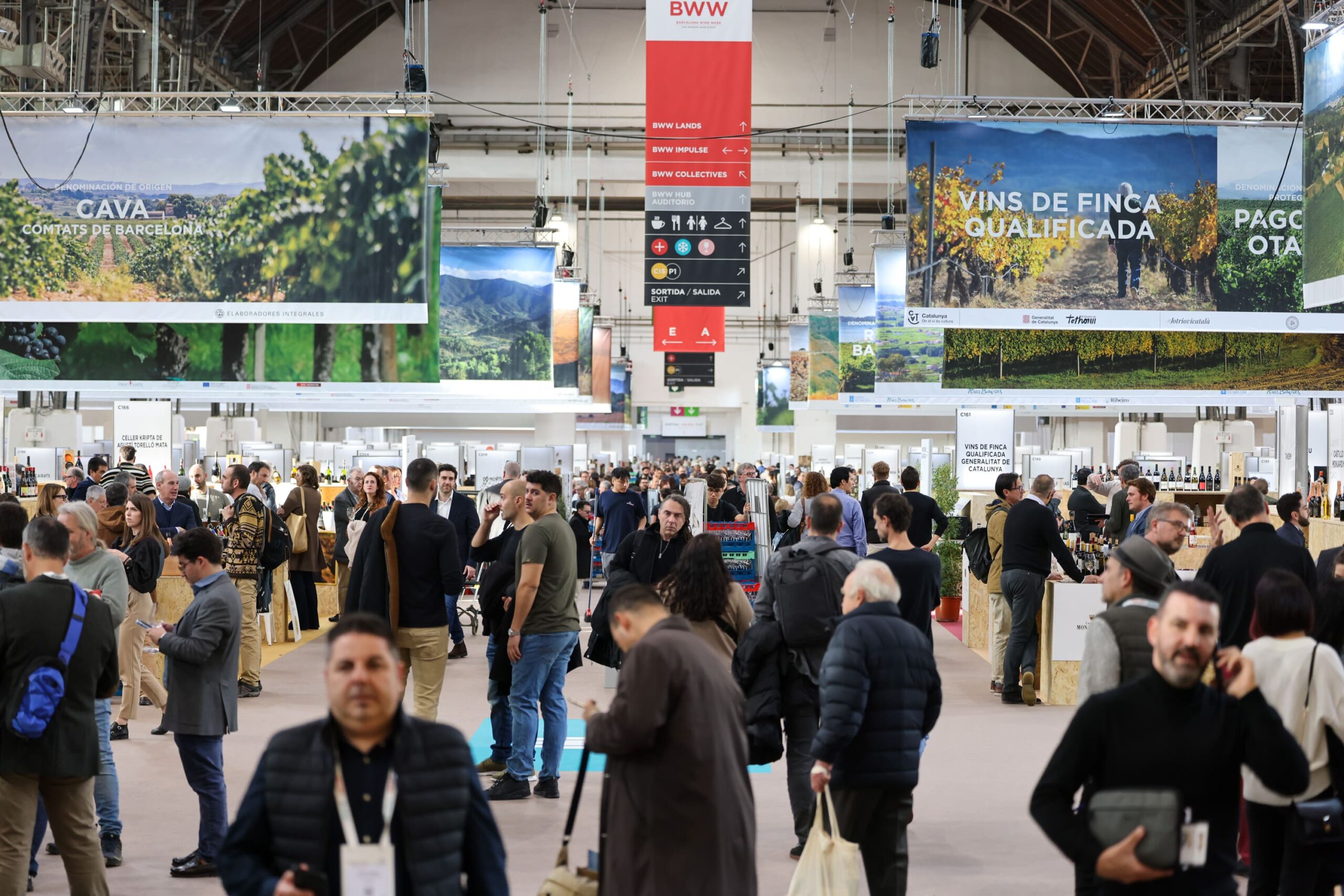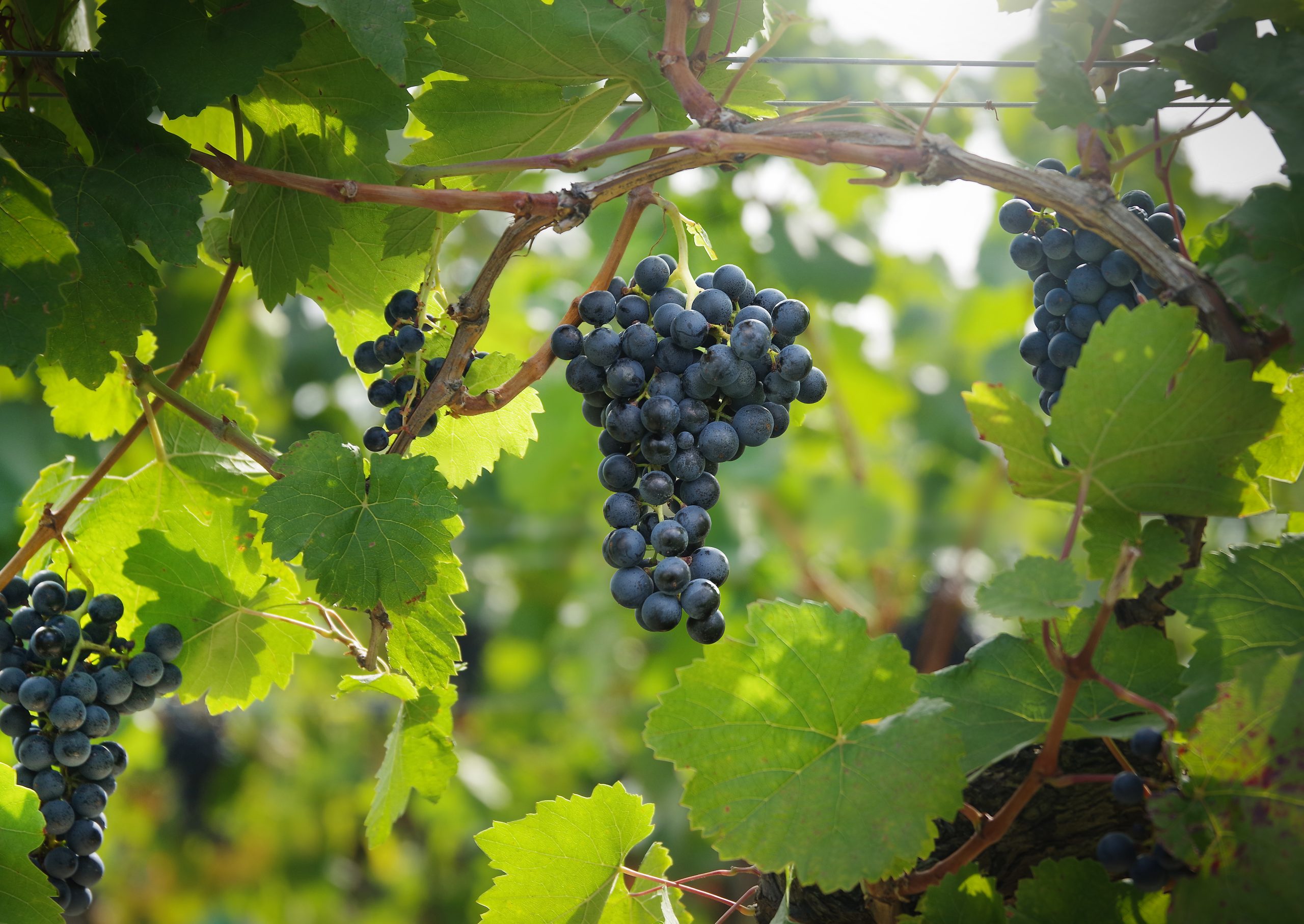Why there’s optimism following difficult harvest in Italy
Italy’s harvest volumes have been drastically reduced due to downy mildew, but it’s not all bad news, explains our Italy correspondent, Filippo Bartolotta, as he provides an exclusive video report on the latest vintage.

As you can watch below, where we caught up with Bartolotta in Sicily last week, Italy’s grape growers have suffered an extremely challenging 2023, with a combination of wet and hot weather creating the ideal conditions for downy mildew to thrive – a fungus that shrivels the berries, reducing vineyard yields.
As previously reported by db, this has affected certain areas more than others, with some growers in places such as Etna, suffering declines of 90% due to downy mildew, while overall, the volumes of wine set to be made from 2023 are down 12% for Italy.
Due to this fall-off, France will make a larger vintage from this year’s crop, making it the biggest wine producer worldwide in 2023, as it leapfrogs Italy.
But the impact of downy mildew on Italy’s harvest has not been evenly felt, with Bartolotta making the point that it was worst in southerly areas that are not used to tackling the fungus, as well as those places that have naturally cooler, wetter soils – particularly those high in moisture-retaining clay – and sites with less air circulation and wind exposure that remain damp for longer.
Recording that there has been 70% more rain than last year during the first 8 months of 2023 – “particularly south of Florence” – Bartolotta said that humid conditions have meant that “downy mildew has been extremely aggressive”.
In certain regions, such as Abruzzo and Molise, along with parts of Sicily, “anything from 50-70% of the harvest was compromised”, he said, before stressing that the fungal infection arrived at the beginning of the growing season, during the flowering process.
Nevertheless, he said that hilly and mountainous areas were less badly affected, “because wherever you have wind, downy mildew disappears”, before pointing out that the extreme topography of Sicily in particular benefitted some growers.
“Sicily has the largest area of hillside vineyards of anywhere in Italy – 65% of the vineyards are on hillsides – and the second largest area of mountain vineyard,” he began, before commenting that vineyards on Etna can be found at 1,200m above sea level, while central areas of the island, such as Caltanissetta, have vines growing at 900m of altitude.
In such places, “the situation is way better,” he recorded, commenting that good drainage and air circulation stopped the downy mildew from affecting the berries.
Meanwhile, some parts of Italy appear to be unaffected by the fungus. “Veneto, Piedmont, Valle d’Aosta have been steady – Veneto actually had a 1% increase – so, in the end, the climate was relatively good for these regions,” Bartolotta told db.
Partner Content
As for Italy’s most mountainous region, Alto Adige, he said that this area faced the dual problems of rainy and hot weather, and suffered from an early bout of downy mildew, but “managed to treat it pretty well”.
“It’s been a hot vintage overall – so the story is that there has been a lot of rain, then a lot of heat, which has meant a lot of challenges across the board,” he said.
In terms of vintage quality, however, Bartolotta said that the situation is far from bad. “We are having a beautiful summer right now, and for the next 15 days it is going to be beautiful, so somehow – if you managed to bring in grapes that were healthy – then you are going to have a good harvest.”
Nevertheless, Bartolotta remarked, “There has been way less production – Italy has gone down from 52m hl to 44m – so France, with 45mhl, has got the gold medal for quantity.
Then, concluding, he said, “But my thing, is, who cares about quantity? So, I see that market prices of Italian wines have increased a bit and good-price-range Italian wines are doing well – and that’s what we want; everybody wants better wines.”
As db reported last month, the harvest forecasts of the Assoenologi Observatory, ISMEA and the Italian Wine Union, stated that 2023 could be the lightest harvest of the last six years, characterised by the “now chronic effects of climate change” which has created extreme weather patterns, including more than 70% rainy days in the first 8 months of this year.
It also recorded a number of differences throughout the country, pointing out that in the north, levels are up slightly though, by 0.8%, while the central, southern and Italian islands could see declines of 20 to 30%.
Read more
Italy drops below France for wine production as climate change blamed
Etna harvest declared ‘a tragedy’ as disease decimates volumes
Related news
The Castel Group rocked by Succession-style family rift




